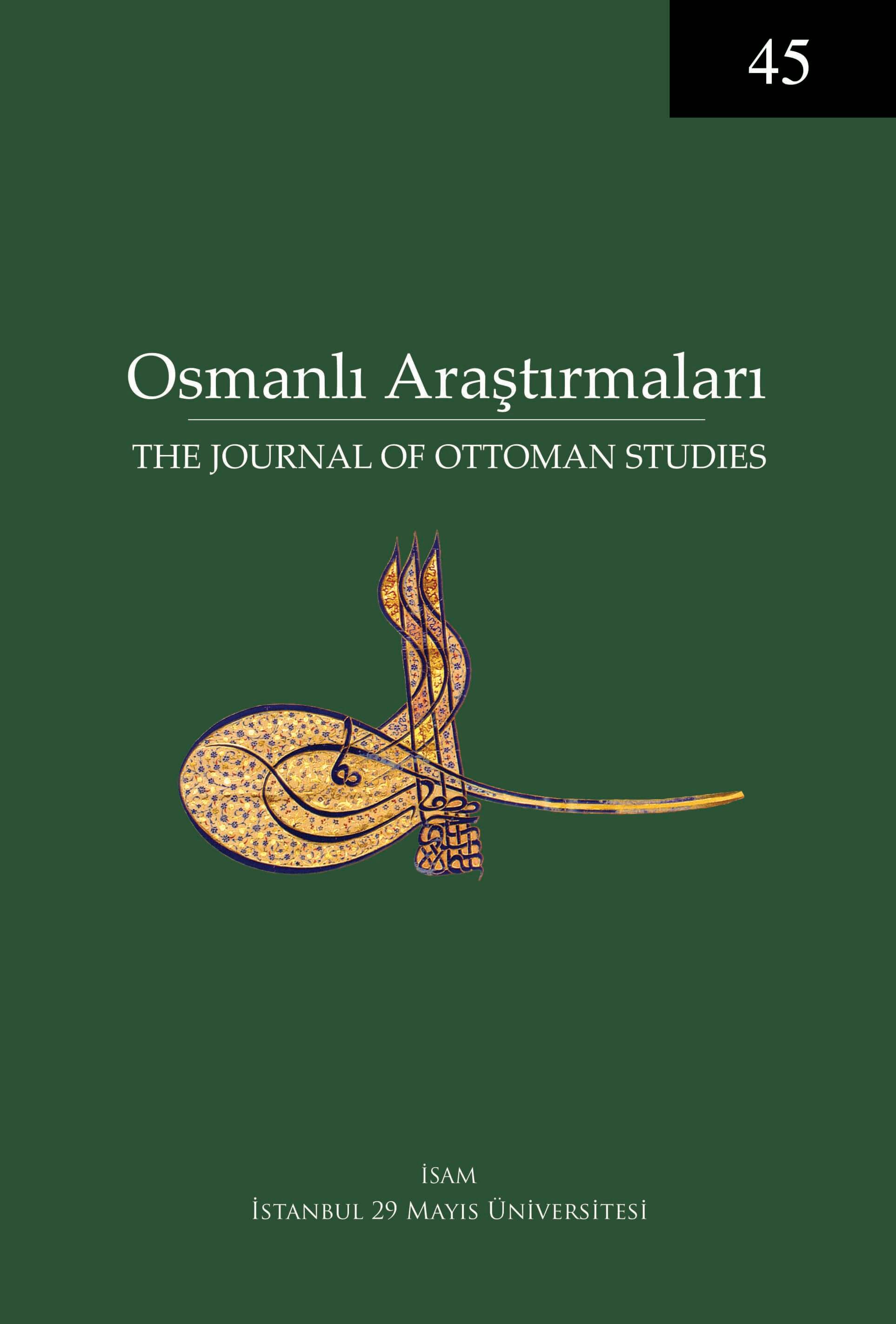The Formative Period of the Modern University
Keywords:
Medrese, Universitas, Higher Learning, Academies, Modern University, Ottoman Imperial School of Engineering, Bildung, Modernization in Higher EducationAbstract
This article aims to analyze the process of conceptual and institutional transformation of higher education, notably the transition from medrese to “uni- versitas” and then to modern university in Islamic culture. It then compares this experience with that of the Western World, placing each in historical context. Me- drese education, which began to take form in its informal setting as early as in the 8th century, evolved and improved from the 11th century, becoming more organized, systematic and coherent in terms of curricula, instructional method and institutional structure, notably with the establishment of the Nizamiye and Mustansıriyye me- dreses in Baghdad. The development of the medrese contributed to the elaboration of higher education in various regions of the Islamic World and also in Europe. The scientific revolution that began in the 17th and 18th centuries built on the significant contributions of academies as institutionalised in the 16th century in a process that led to the formation of the modern university in the early 19th century in Europe’s then most impoverished and marginal countries, i.e. in Germany and Scotland. Their innovative contributions in higher education not only influenced universities in other countries of Europe but also contributed to form modern higher educational insti- tutions in the Ottoman world as well as in other parts of the world. Although the modern university managed to free itself as a legal and living institution from the founding person, foundation, or church, and today endeavors to benefit from such opportunities or to cope with challenges that internationalization or globalization may bring it, yet it still continues to search for its ideal autonomous status as an academic institution.




